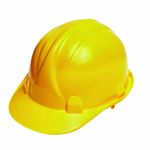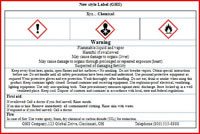Why You Should Be Worried About Mold In Your Workplace
Molds are forms of fungi that are found everywhere. They can be found both indoors and outdoors all year around. You are exposed to them daily in the air you breathe. Some people have symptoms like those of hay fever and the common cold, but the symptoms can last for longer periods. Molds can also […]










